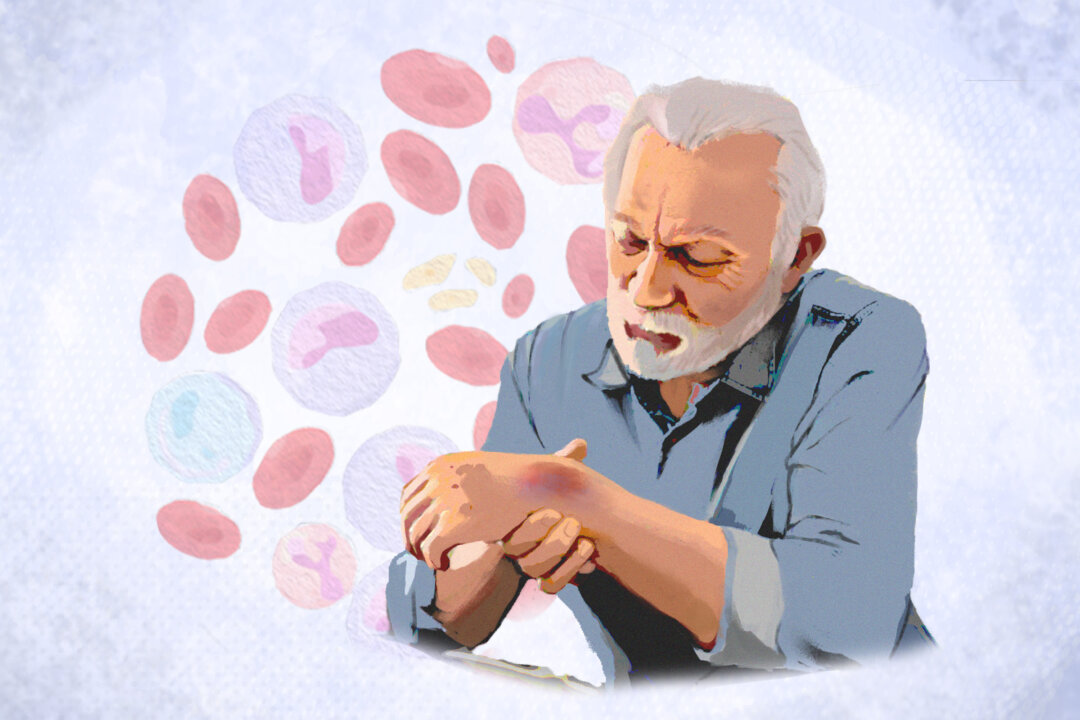Leukemia is a general term for cancers affecting blood cells. The specific type of leukemia is determined by the type of blood cell involved and the rate at which the cancer progresses. Leukemia is most commonly found in adults over 55, but it is also the most prevalent cancer in young people under 15.
Blood stem cells develop into either lymphoid or myeloid stem cells. Lymphoid stem cells produce lymphocytes, a type of white blood cell that fights infections, while myeloid stem cells produce red blood cells, platelets, granulocytes, and monocytes, with the latter two also being white blood cells. Before maturing into blood cells, lymphoid and myeloid stem cells first differentiate into blast cells, such as lymphoblasts and myeloblasts, which are immature blood cells.
Lung Cancer: Symptoms, Causes, Treatments, and Natural Approaches Liver Cancer: Symptoms, Causes, Treatments, and Natural Approaches In leukemia, abnormal blast cells are overproduced and do not mature into functional blood cells. These leukemia cells often grow and survive more effectively than normal cells, gradually crowding out and suppressing the production of healthy blood cells. The progression and impact on normal cells vary depending on the type of leukemia.
1. Acute Myeloid Leukemia (AML) 2. Chronic Myeloid Leukemia (CML) 3.
Acute Lymphoblastic Leukemia (ALL) ALL is the most common leukemia in children, making up about 80 percent of cases in this age group. Most children with ALL have the B-cell subtyp.


















